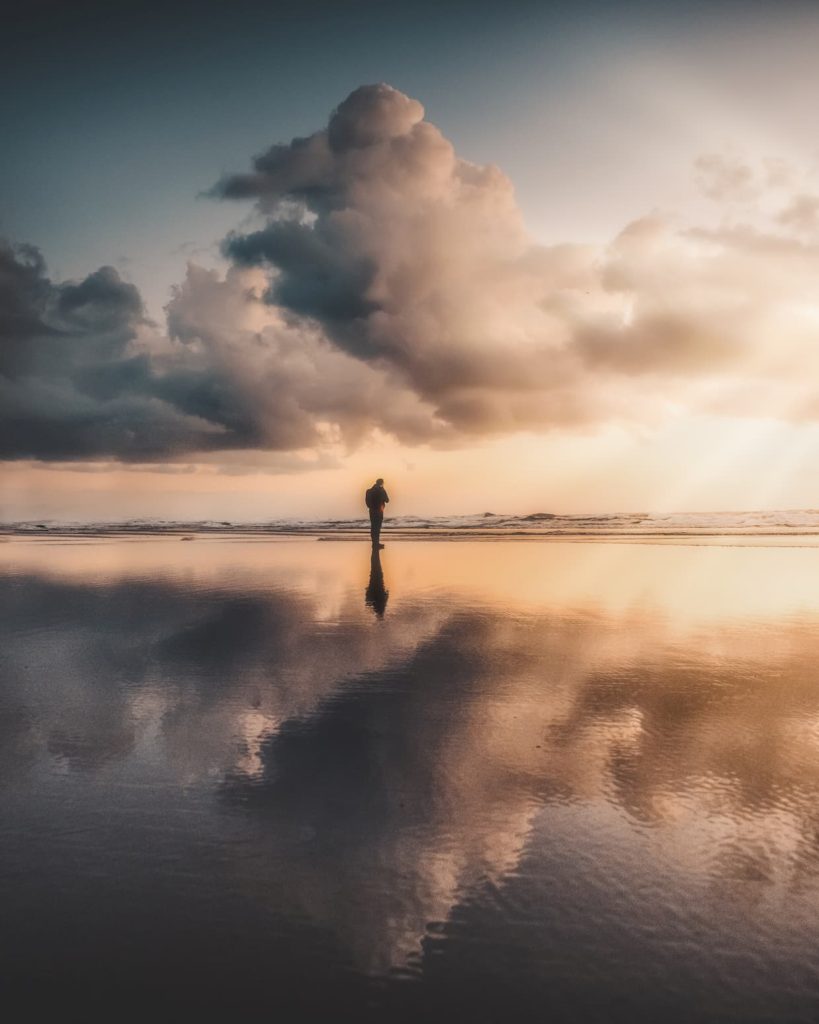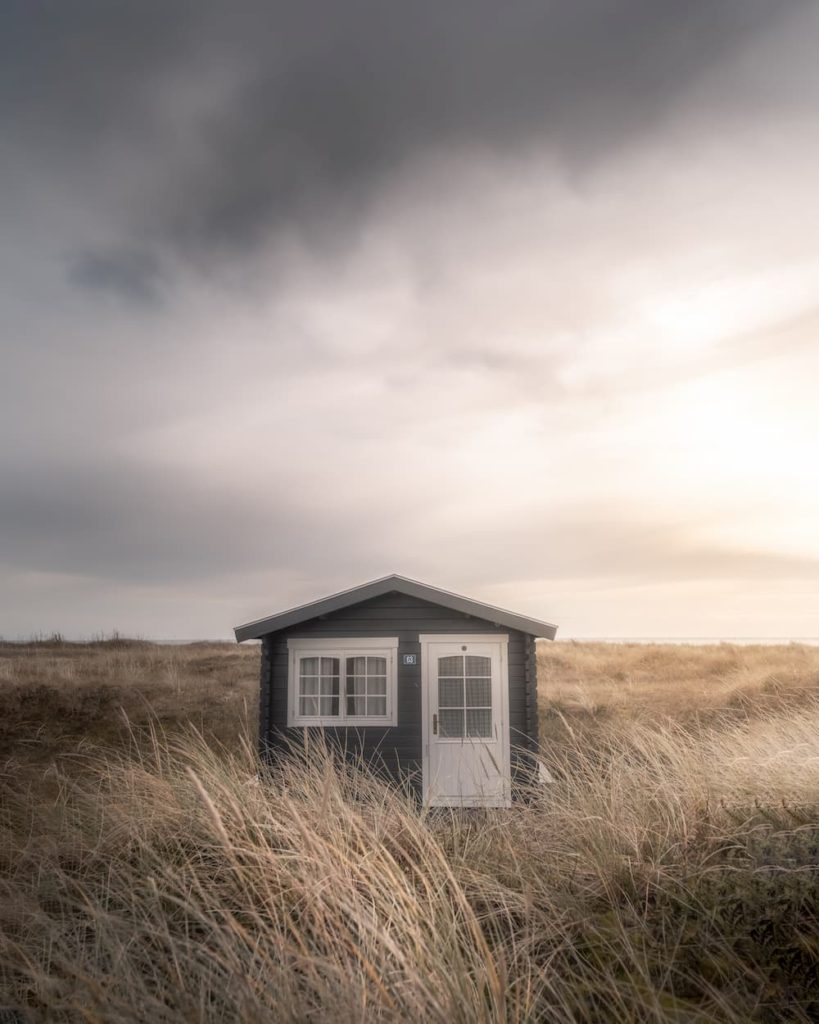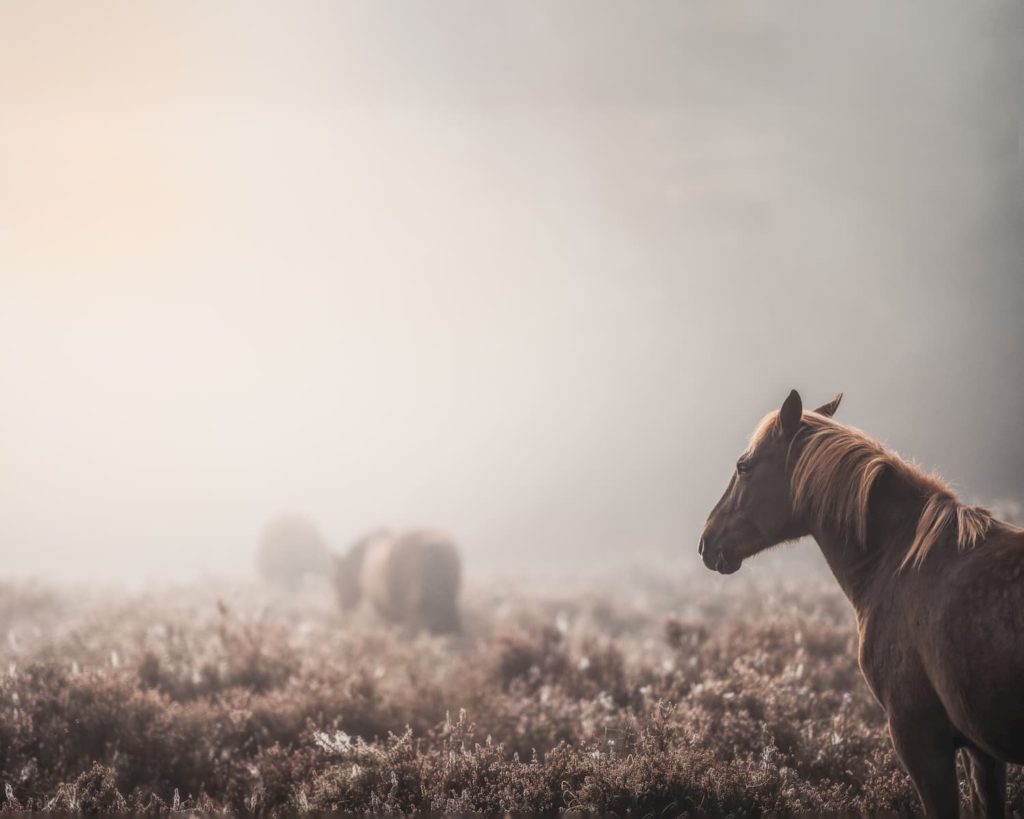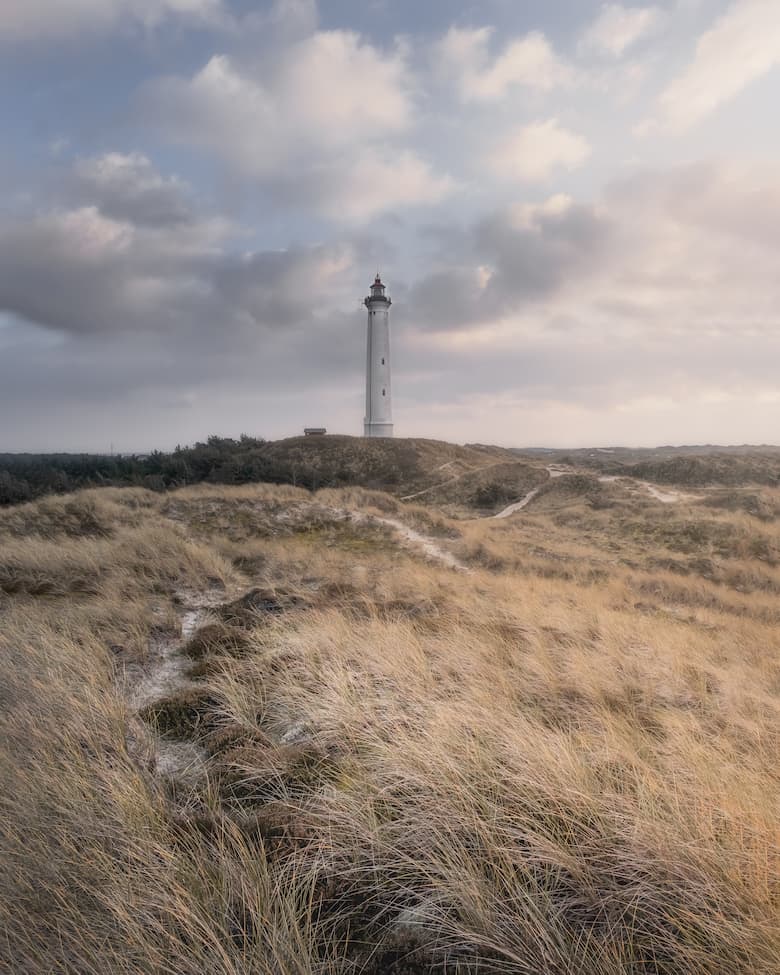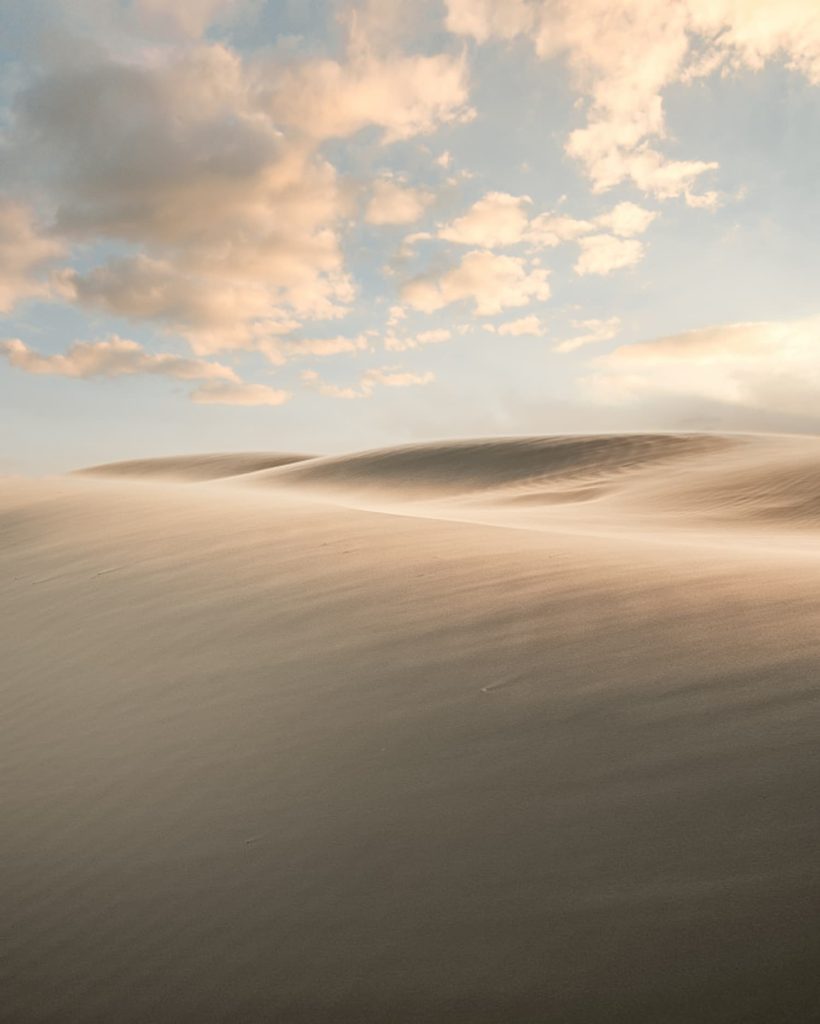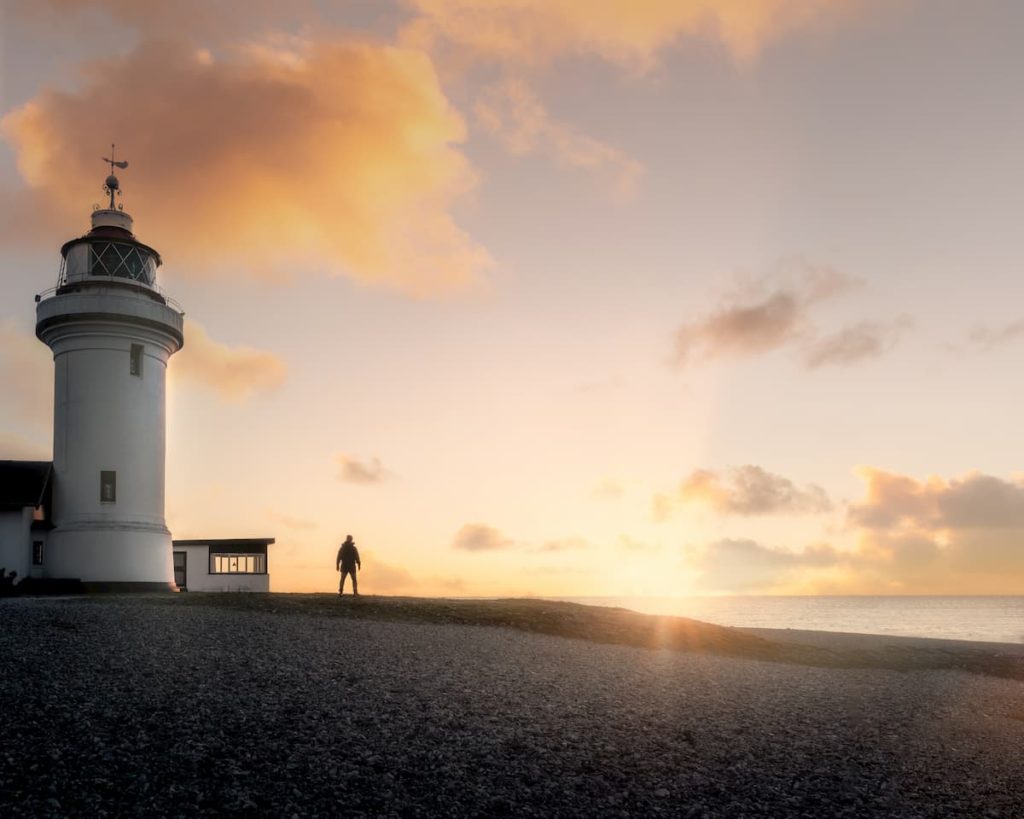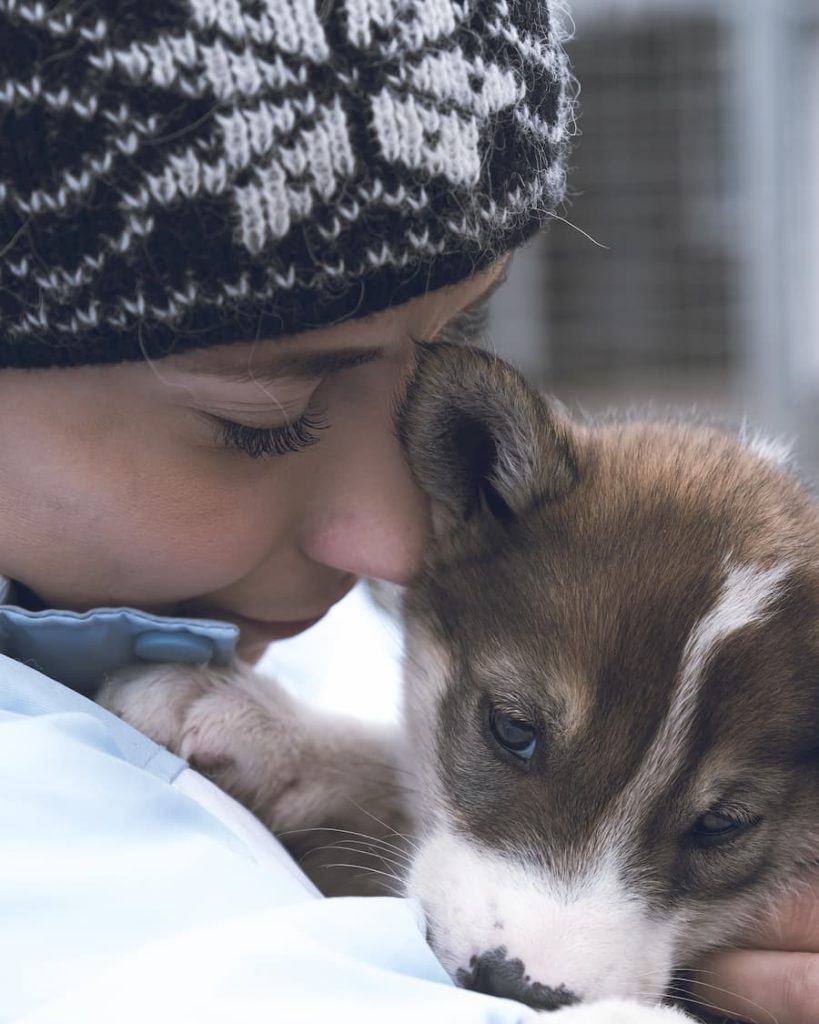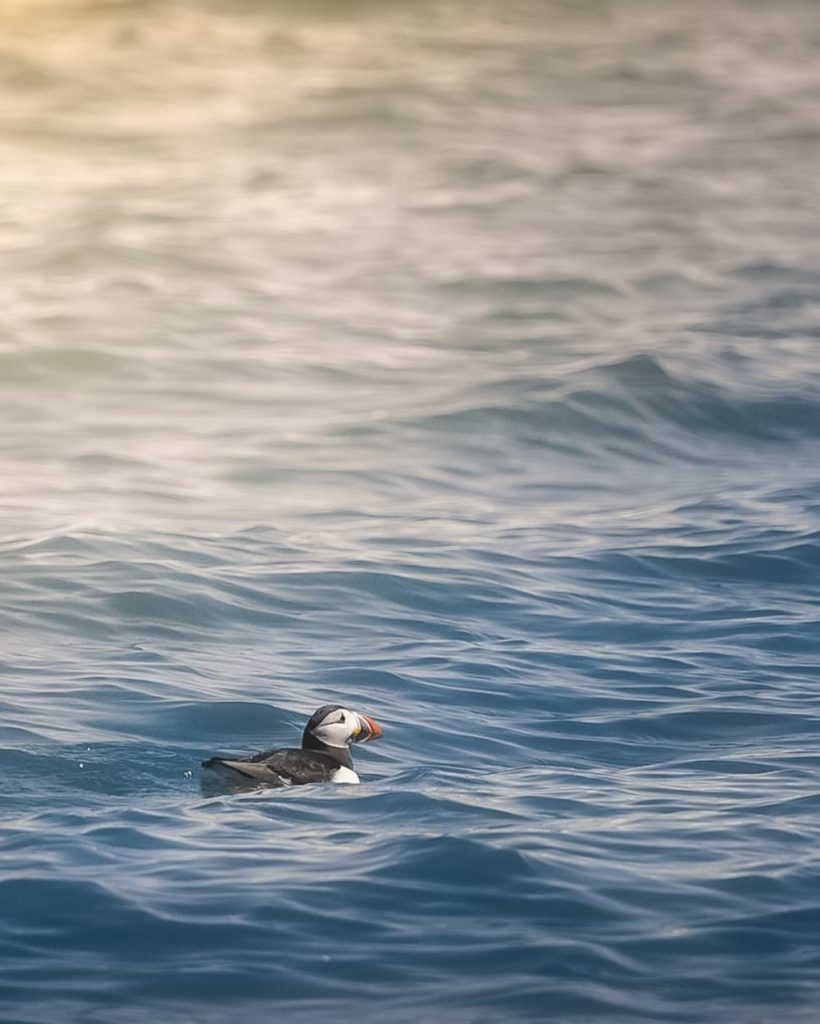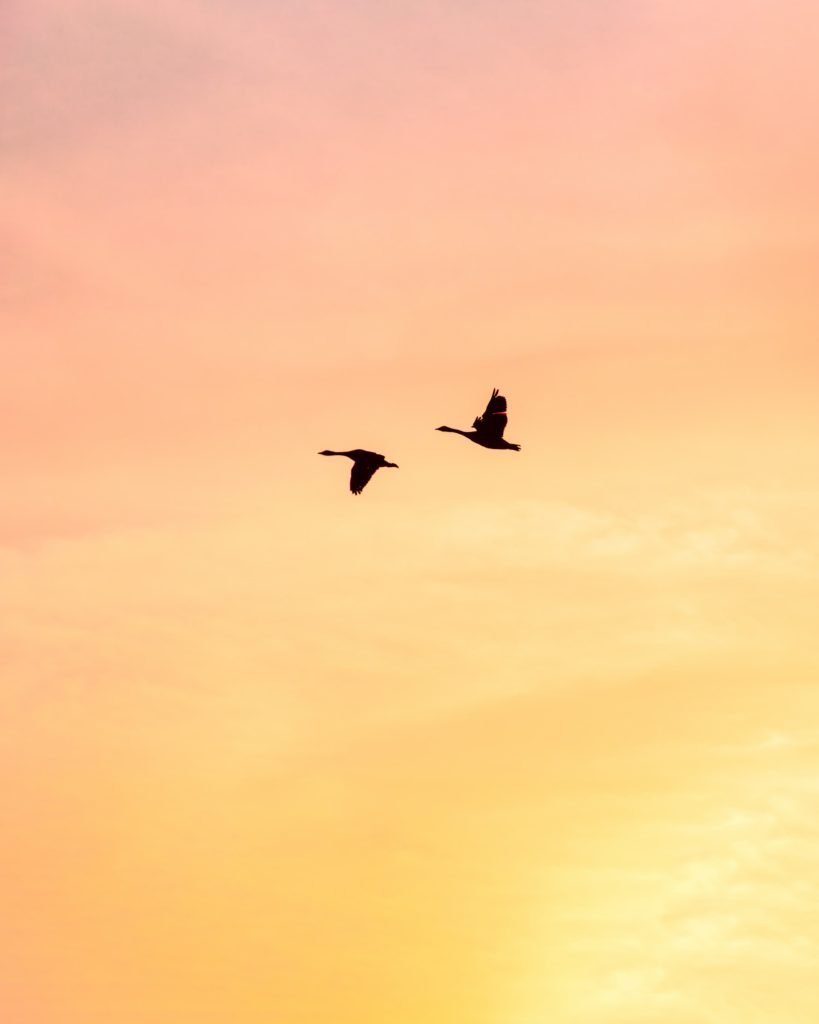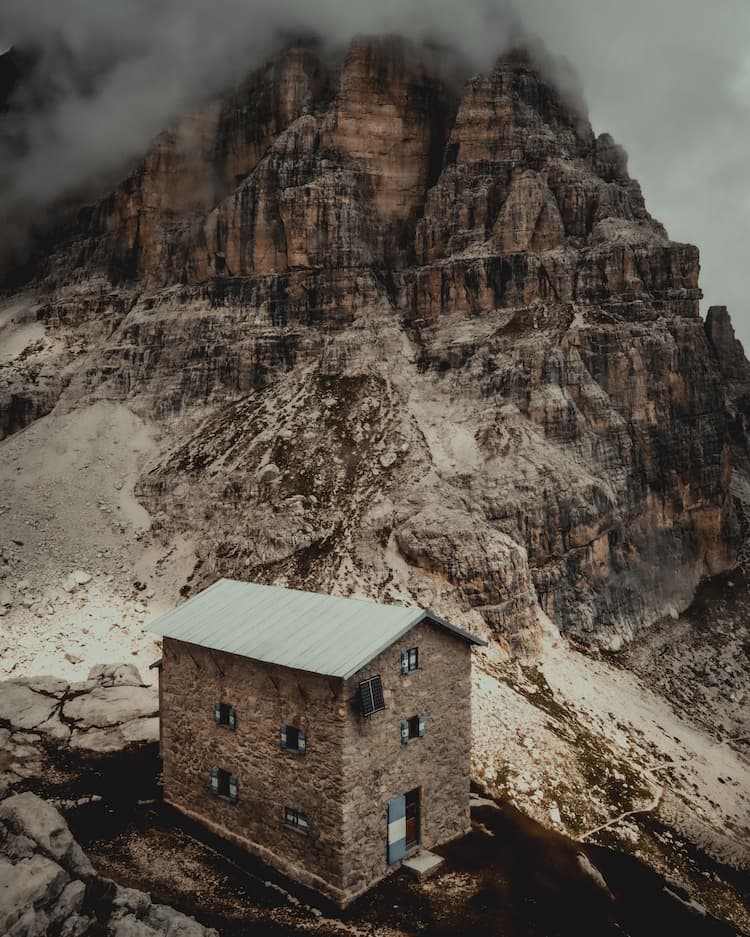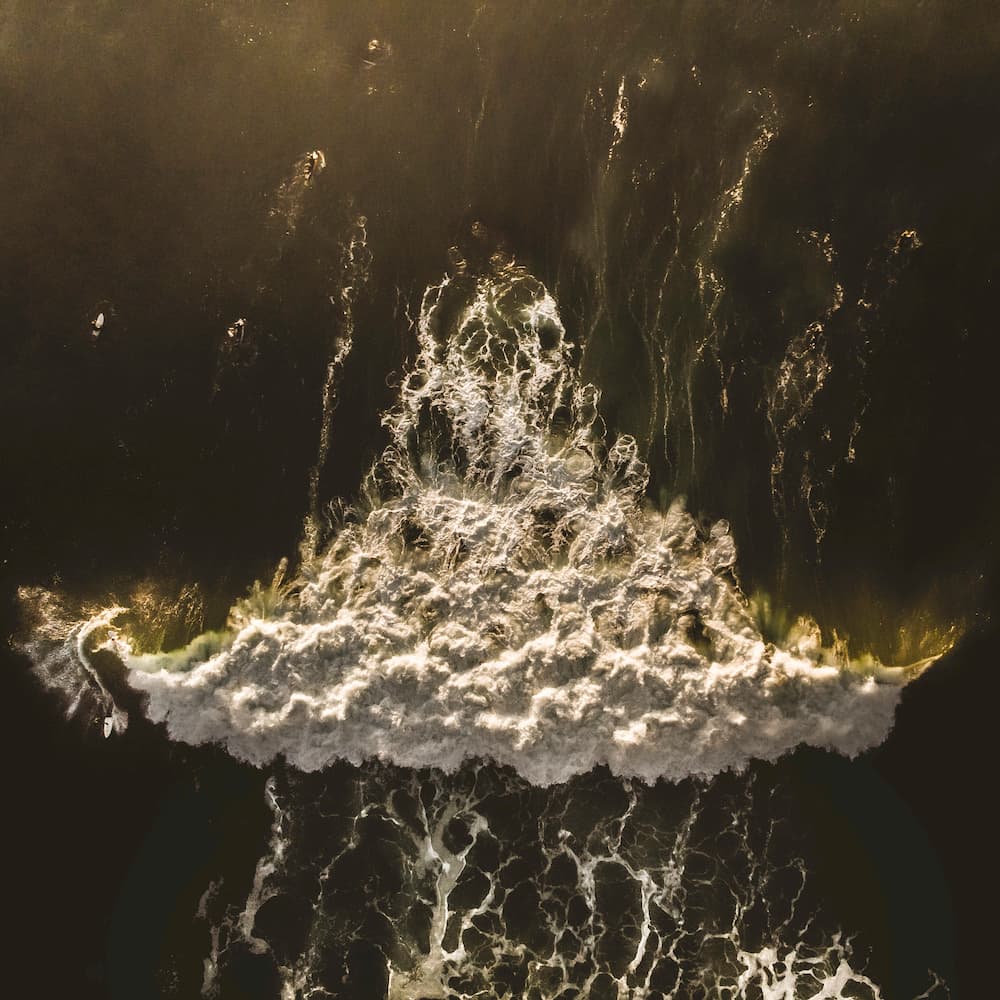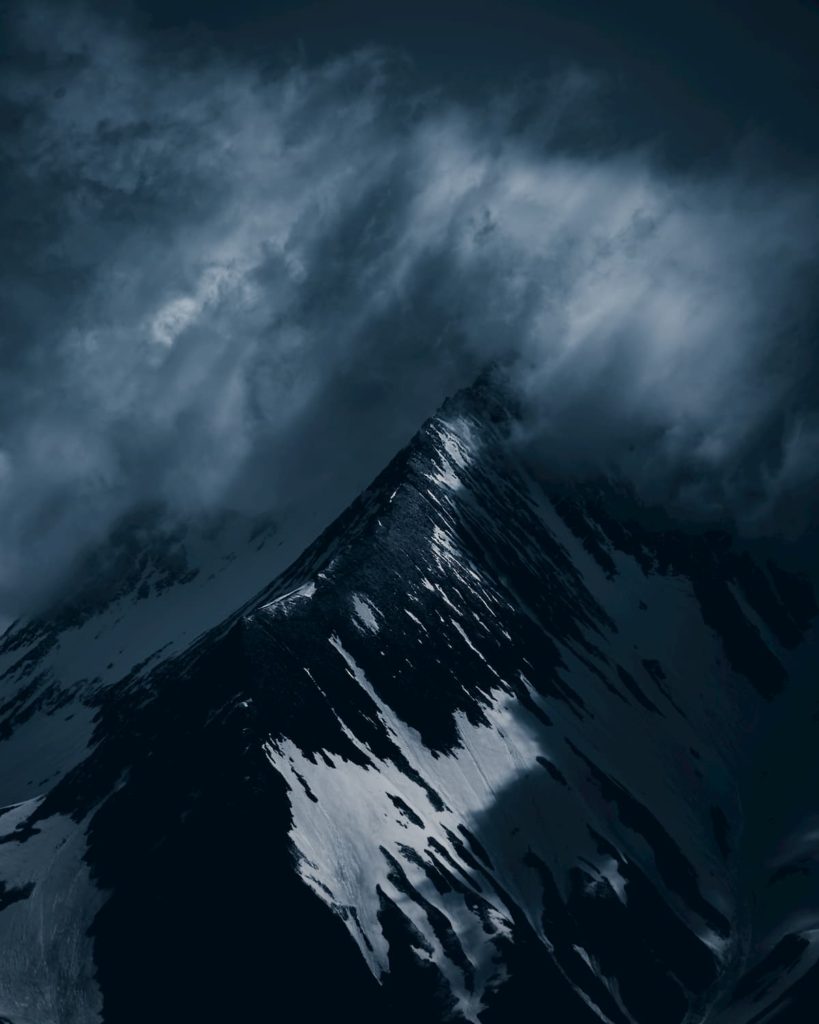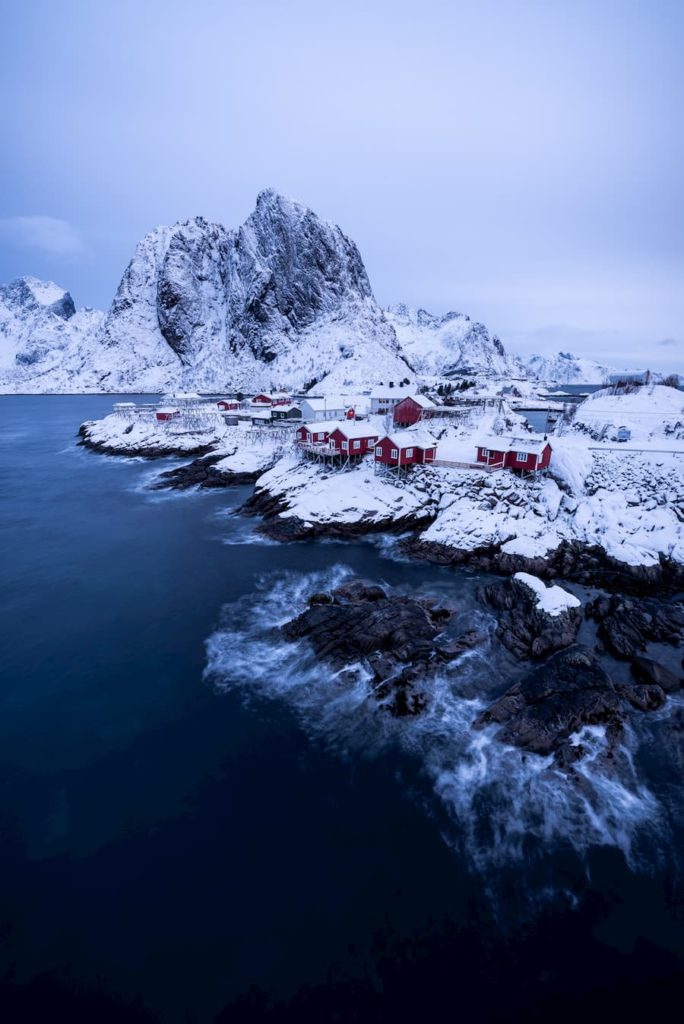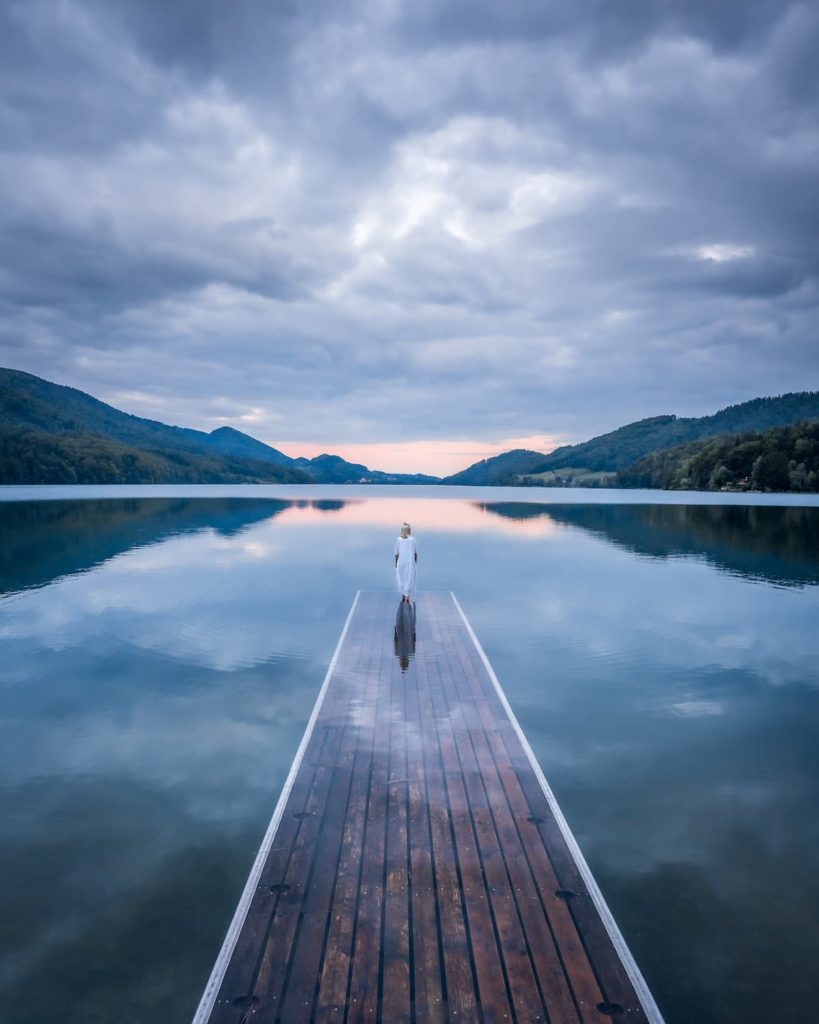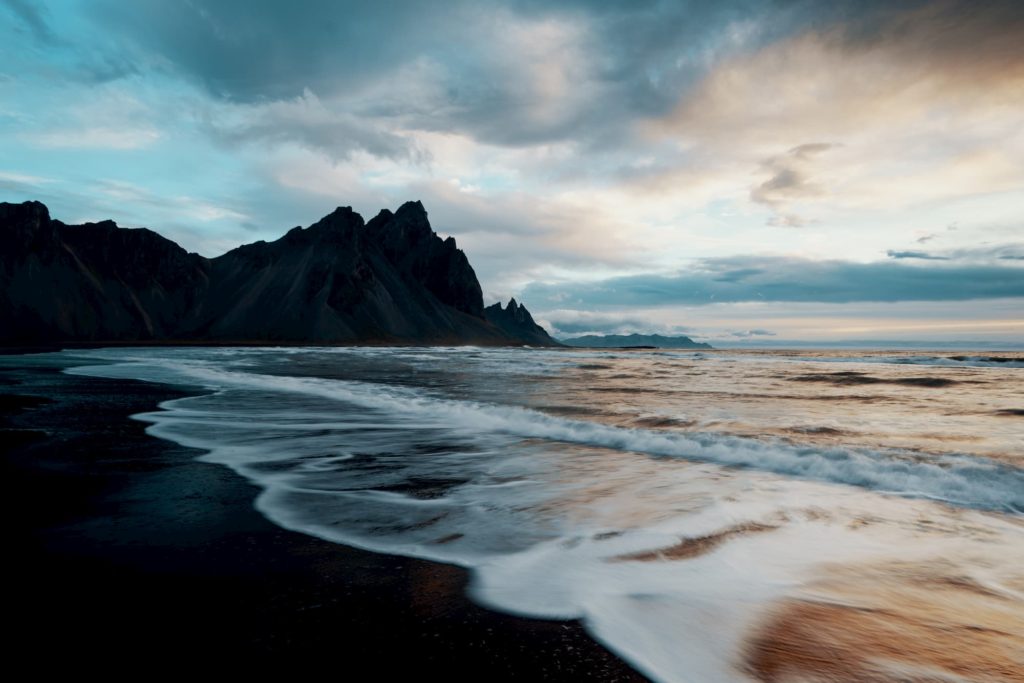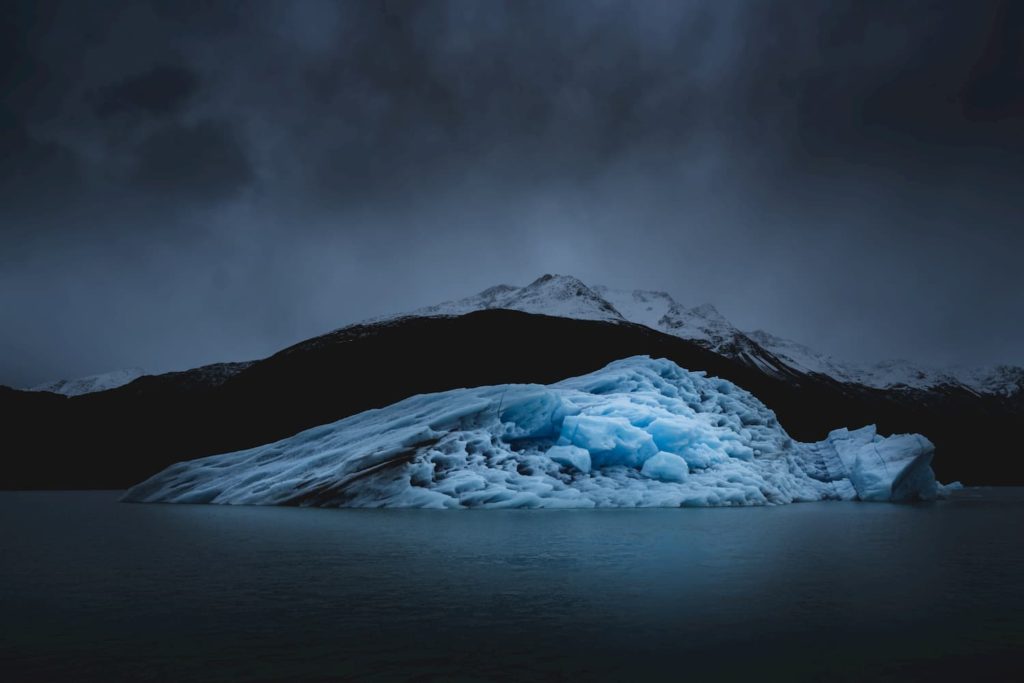
Simon Koeneke
@simonprehnkoeneke
Photographer based in Denmark
Less than 12 months ago, I was eagerly starting my dream job. “This was it,” I thought to myself—My big career move. It was my opportunity to finally settle down. But this job really made me question many things in my life as it was nothing like I expected. Every day going to work, I felt more and more lost, dropping deeper and deeper into depression. I was going insane with the stress of everything going on in my life, and eventually, at the advice of my doctor, I went on sick leave.
"It was evident at this point I needed to take time out to rethink my priorities."
Being outdoors in the fresh air with nature really helped me through this challenging period in my life as I recovered fairly quickly. For me, photography was never the obvious choice to spend my time; to be honest, I’d never even thought about it. I had never been a creative soul growing up, yet watching my brother-in-law, Anders, captivated me. He’d been taking photographs for many years, and I really enjoyed watching him in his creative element.
"I loved how he was so engrossed in capturing his photos."
I knew I wanted to try taking shots, too, at this point, but I didn’t know where to start. There are so many cameras to choose from. After spending many hours scouring the internet looking at reviews of the latest cameras, I bought my first ever camera. It was the Fujifilm XT-30. Never in my life had I spent so much money, not even when I bought my computer. However, this turned out to be the best decision I have ever made.
"Starting as a photographer made me feel more relaxed than anything else in my life."
It’s clear to me now that I was always meant to be a photographer; it just took me a while to figure it out. Although I’m not a professional photographer, I’m always doing something to do with photography. When I’m not taking photos, you can find me doing post-production or searching for new exciting locations to go to.
I have always adored traveling to fascinating foreign environments, but since I began photographing, this has exploded one thousandfold. Now I have a gigantic bucket list with all the diverse regions of the world I would like to visit. Some of my dream destinations include Iceland, Alaska, Bali & Myanmar. Hopefully, when this dreadful disease is all behind us, globetrotting around the world to these places will be possible once again. For the past year, I’ve had to find other imaginative ways to develop my craft through the Covid era. Thankfully, we have plenty of striking natural landscapes here in Denmark! We may not have colossal mountains or deep, winding valleys that make great photographs, but what we do have is truly unique.
"Personally, I have a sweet spot for the enchanting little lighthouses we have all along the west coast of Denmark."
One of my absolute favorites is Lyngvig Lighthouse, located in a beautiful location between the ocean and the fjords. I’ve been there many times, and each time I’m struck by the grandness and beauty of it. Every time I go there, I walk for endless hours around in the dune, scouting for new, even better, suitable locations. The calmness surrounding the lighthouse is what makes it particularly spectacular. I absolutely love nature there and being close to the ocean. It gives me time to relax, be alone, and pursue my passion for photography.
One time, I was driving along the coast with my family, and the plan was that we would end the day by Lyngvig Lighthouse. This was when we witnessed the sunset. I had never seen this magical lighthouse bathed in the golden light of the evening sun before. The sunset was truly breathtaking! As a photographer, you get used to being disappointed when the climate conditions are not what you would have hoped for, but this evening everything just fell into place perfectly.
We also have the Råbjerg Mile in Denmark. Or what is more commonly known as the Danish desert. You wouldn’t believe a place that this could exist in Scandinavia. It’s a vast 3.5 million m3 sandbox, and every time I visit, it looks completely different depending on the weather. Last time I was there during sunset; WOW, what a place! The sand dunes bathed in the warm sun, and there was total silence. I don’t think I could ever experience a more picturesque sunset.
Those destinations are in the western or northern parts of Denmark, so when I’m not traveling there, I love to go to Mols Mountains. In total contrast to the lighthouses of the west or the Råbjerg Mile of the north. It’s covered with huge pine forests and hills where wild horses are roaming around.
"These stories illustrate why I've fallen in love with traveling around my home country."
You never know what you’ll find. We have such a diverse landscape here; it’s almost like being on a treasure hunt every time I go out with my camera. However, there are other majestical places in the world perfect for a photo. One of those is called Svalbard in Norway. My girlfriend and I first went there in August 2020. This was my first trip to an artic place, and I instantly fell in love with its nature. It was quiet. And the overall simplicity surrounding it appealed to me a lot as a person – I am sure I will always be able to recall the feeling I had as it was so special. And it is this emotion and powerful energy of a connection to a place, of a memory, that goes into a picture when shooting and when editing.
Even though I only started shooting in early 2020, I feel like the process of finding my own editing style has been a long one. It was one of the things I struggled with most when starting out, and I’m still not not convinced. I’m always fine-tuning and developing how I edit my photos. When people view my images, I wish to emotionally “move” them in some way.
"Every picture has a story, and I want them to imagine the story behind my shots."
While taking a photo and before I even begin to edit any image, I try to simplify the image around the main subject. I’ll remove any noise and distractions that don’t add anything to the story of the picture. There are many photographers capable of telling a compelling story via their images. Three that I admire in particular are Nigel Danson, Mads Peter Iversen, and James Popsys. Their ability to create unique, beautiful photos that tell their own story has always attracted me. Right from the very beginning of my photographic journey, I was sure I wanted to emulate their type of work, but with my own twist.
"As I said, I am continuously developing my style. The only way to really do this is to keep taking many photos."
I’ve taken many now, and it’s hard to pick my all-time favorite one as they all have their individual story. I have so many memories that I’m reminded of any time I look through my photo reel. Having said that, though, if you told me I had to pick my two best images, then the first would be of a shot I took of my girlfriend on our trip to Svalbard. The photograph shows her holding a little husky puppy. We’d just been on a husky ride around the town, and we ended the trip by visiting the puppy pen.
"This image is one of my best because it reminds me of why I love photographing as I get to capture unique moments full of love for life."
The second shot with a special place in my heart is actually one I haven’t posted yet. It was taken on my trip to Råbjerg Mile with my entire family. The image shows the beautiful sand dunes blowing across the scene with the late-day sun beaming down in the background. Looking at it might not radiate an obvious story, but I can relive that exact scene in my head every time I see it. I can recollect walking in the sand with my family having a great time. It makes me happy to think back on it.
"And isn't that what photography is all about? Looking back and feeling joy and happiness?"
"I believe all the experiences I've had in the past year have helped me develop into precisely the person I am supposed to be."
It may have all started with a wrong career decision leading me to stress and making me doubt myself, but it’s guided me to taking photos, slowly healing myself, and developing into the person I always wanted to be. Previously, I would have never said I was a creative person. And if all these events had never happened to me, who knows, maybe I would never have ended up as a photographer. But now, I can’t imagine doing anything else. I’ve had so much support from all of my family, and I wouldn’t have ended up here without them. It’s been a fantastic journey, and I’m sure more good things will come my way in the future!
Would you like content like this sent to your inbox?
NOMADICT
ART GALLERY
THE LATEST STORIES
WRITEN WITH PASSION TO INSPIRE YOU
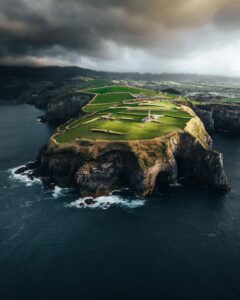
Photo tour in Azores, Portugal
Join us in the Azores for a unique photo tour, where you’ll elevate your creative skills with expert guidance from Ronald Soethje, Bruno Ázera, and Nomadict.
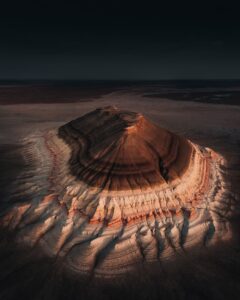
Forest Kai (@forest1kai): Photographer based in the US
In this article, Forest shares how years of chasing scale, silence, and raw landscapes shaped his approach to photography, from the deserts of Kazakhstan to the volcanic ridges of Iceland. He talks about how he uses light, texture, and vast negative space to create images that feel both intimate and overwhelming.
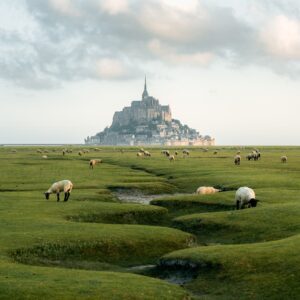
Simon Hechtbauer (@roamwithsimon): Best of the Week 32 at #nomadict
Simon shares the journey behind his photography, from early inspirations to field techniques, editing, and the story of the winning shot that shaped his path.

Miroslav Maršík (@miromarsik): Photographer based in Czech Republic
In this article, Miro shares how his love for cinematic music evolved into a deep passion for photography and how he uses light, color, and atmosphere to turn the streets of Prague into living film scenes.

Aurora photography panorama workflow: A guide to camera settings, editing, and color
In this article, Stefanie reveals how her background in physics sparked her passion for astrophotography and how she blends science with creativity to capture the beauty of the night sky. Readers will discover her approach to color, contrast, and editing, as well as her aurora photography workflow.

Yhabril (@yhabril): Best of the Week 33 at #nomadict
Spanish photographer Yhabril captures the profound connection between humans and the mountains that shaped him. Growing up in the Pyrenees, his work bridges outdoor sports, landscapes, and celestial scenes — often blending athletes, moonlight, and wilderness into striking visual stories.

Ariane Totzke (@besondersschwierig): Photographer based in Switzerland
In this article, Ariane shares how photography helped her navigate personal challenges, connect authentically with people and animals, and develop a philosophy rooted in empathy and artistic freedom. Readers will also discover her ethical approach to wildlife photography and her trusted equipment for both camouflage techniques and cameras.

How to photograph Dutch tulip fields: A guide to light, gear, composition, and colors
Discover how to photograph Dutch tulip fields in their most magical light. From choosing the right gear and lenses to mastering composition, color, and aerial perspectives, this guide shares creative techniques to capture the beauty of the Netherlands’ tulips. Learn how light, color grading, and proportion bring emotion into every frame.
